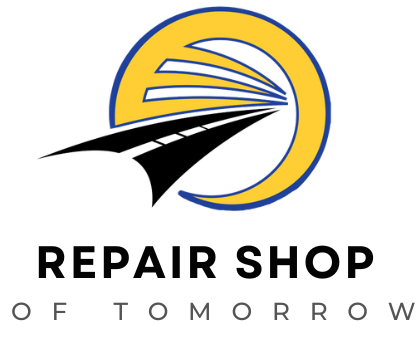When it comes to running a successful auto repair business, everyone talks about car count and sales—but one KPI that often gets overlooked can be a real game-changer: Labor Hours Per Ticket (LHPT).
At Repair Shop of Tomorrow, we’re all about helping shop owners work smarter, not harder—and LHPT is a key indicator of that mindset.
What Is Labor Hours Per Ticket?
Simply put, Labor Hours Per Ticket tracks how many labor hours are sold with each repair order. It’s not just a measure of workload—it’s a reflection of how well your shop is diagnosing, inspecting, and presenting services to customers.
Why LHPT Matters
Here’s why you should pay attention to this powerful metric:
- 💰 Profitability
Labor is one of the highest-margin items in your shop. More labor hours sold = more revenue and profit, without relying on increased car count. - ⏱️ Time Management
Tracking LHPT helps ensure your technicians’ time is being used efficiently—balancing workload and preventing under- or over-staffing. - 🔧 Better Repairs & Customer Trust
More labor per ticket often means more thorough inspections, higher-quality repairs, fewer comebacks, and stronger customer satisfaction.
What Low LHPT Tells You
If your labor hours per ticket are low, here’s what might be happening:
- You’re only fixing what the customer came in for (reactive work).
- Your car count may be too high, leading to rushed inspections.
- You might not be marketing to the right audience.
- There could be process or buy-in issues with your team.
This KPI shines a light on both marketing strategy and internal shop performance.
How to Improve Labor Hours Per Ticket
Improving LHPT doesn’t happen by accident. Here’s how to do it intentionally:
- Implement (or refine) a DVI strategy
Your Digital Vehicle Inspection process should uncover all the vehicle’s needs—not just the obvious ones. - Train your team
Technicians and service advisors need to understand why this process matters. When your team is bought in, results follow. - Set clear goals
Track labor hours per ticket and set individual or team-based targets to drive accountability and improvement. - Follow the 300% Rule
Present all findings—what the car came in for, safety issues, and preventative maintenance—100% of the time.
Key Takeaways
Improve results by refining your DVI process and training your team on process consistency.
LHPT is a direct driver of shop profitability, efficiency, and client experience.
Low LHPT may indicate issues in inspection, marketing, or staff buy-in.
Use your Shop Management System (SMS) to review current numbers and spot trends.
